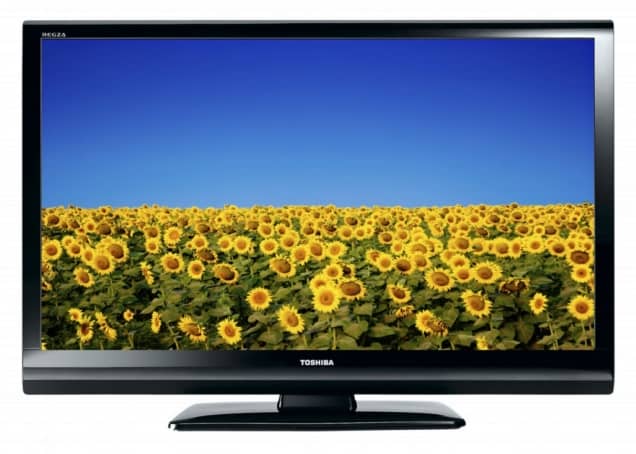Choosing an HDTV
The following is a description of the major TV technologies and some of their advantages/disadvantages:
Plasma (37″-70″) In general, plasma TVs tend to have far better contrast ratios due to their ability to produce deeper black levels. Blacks are represented as black – not dark gray like some of the LED panels. Plasma also touts an extremely wide viewing angle. This means that the quality of the image is consistent no matter what height or angle you are viewing from. For the average family room, a plasma TV is the clear answer.
LCD (13″-40″) LCD TVs have a slight edge over plasma TVs in a few areas. LCDs typically support a higher native resolution (720p versus 1080p). However, it is arguable that the difference is not visible at smaller sizes. An LCD TV’s picture is also brighter and fares better in very bright rooms with many windows. These sets are also impervious to “burn in.” Burn in occurs when an image has been left on the screen for too long. Today’s plasma TVs are susceptible to this phenomenon; however, it will reverse itself over time. LCD TVs are a great choice when your display is used for presentations or for gaming or when placed in a very bright room.
LED (32”-90”) LED is actually a variation on LCD technology. Typical LCDs use a CCFL backlighting scheme. LEDs use RGB LEDs to backlight the image. What this boils down to for the consumer is a much thinner display (as thin as .3 inches!) This backlight arrangement also yields superior contrast over LCD. LEDs are best suited for bright rooms where the aesthetic qualities of the set will be valued over value.


